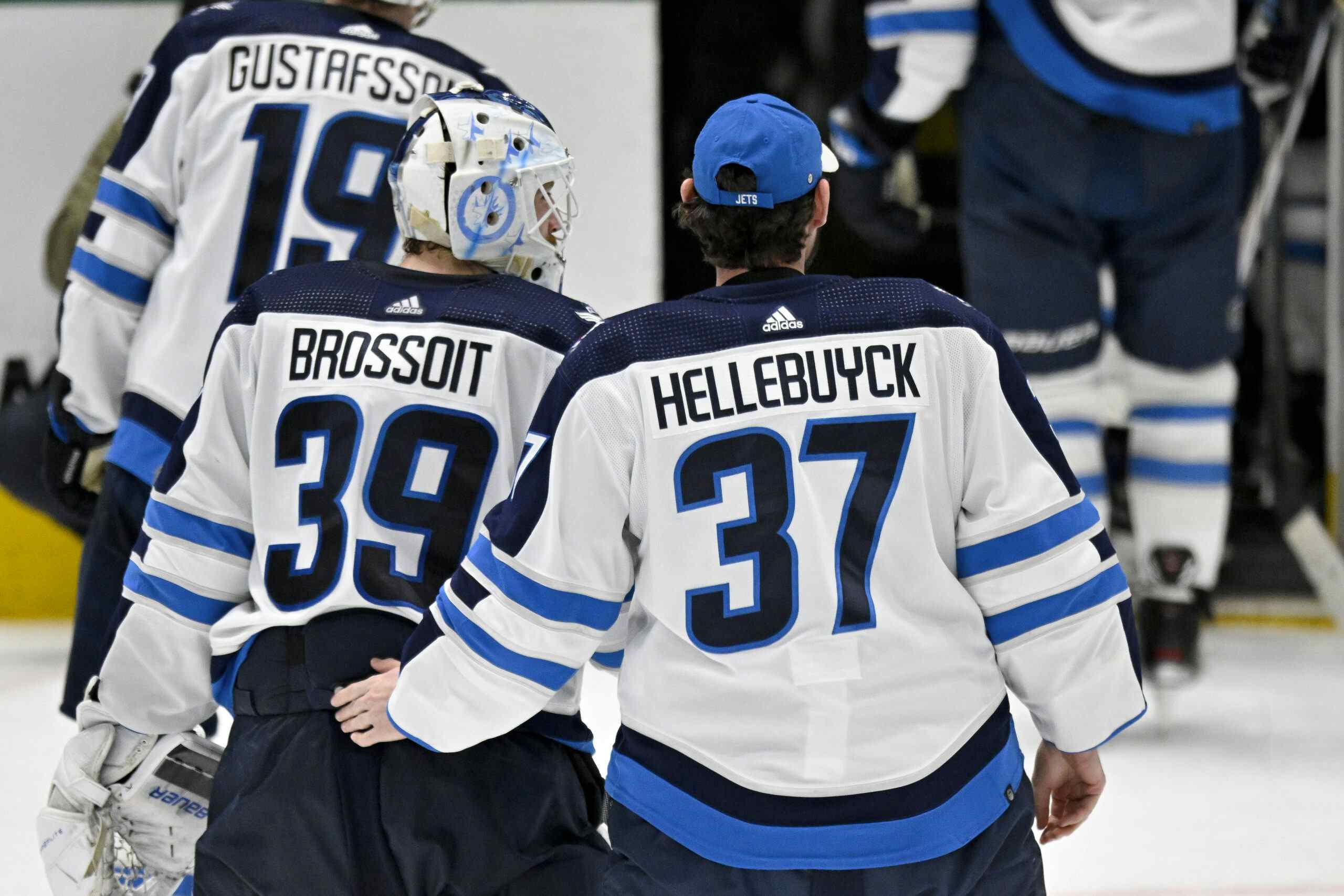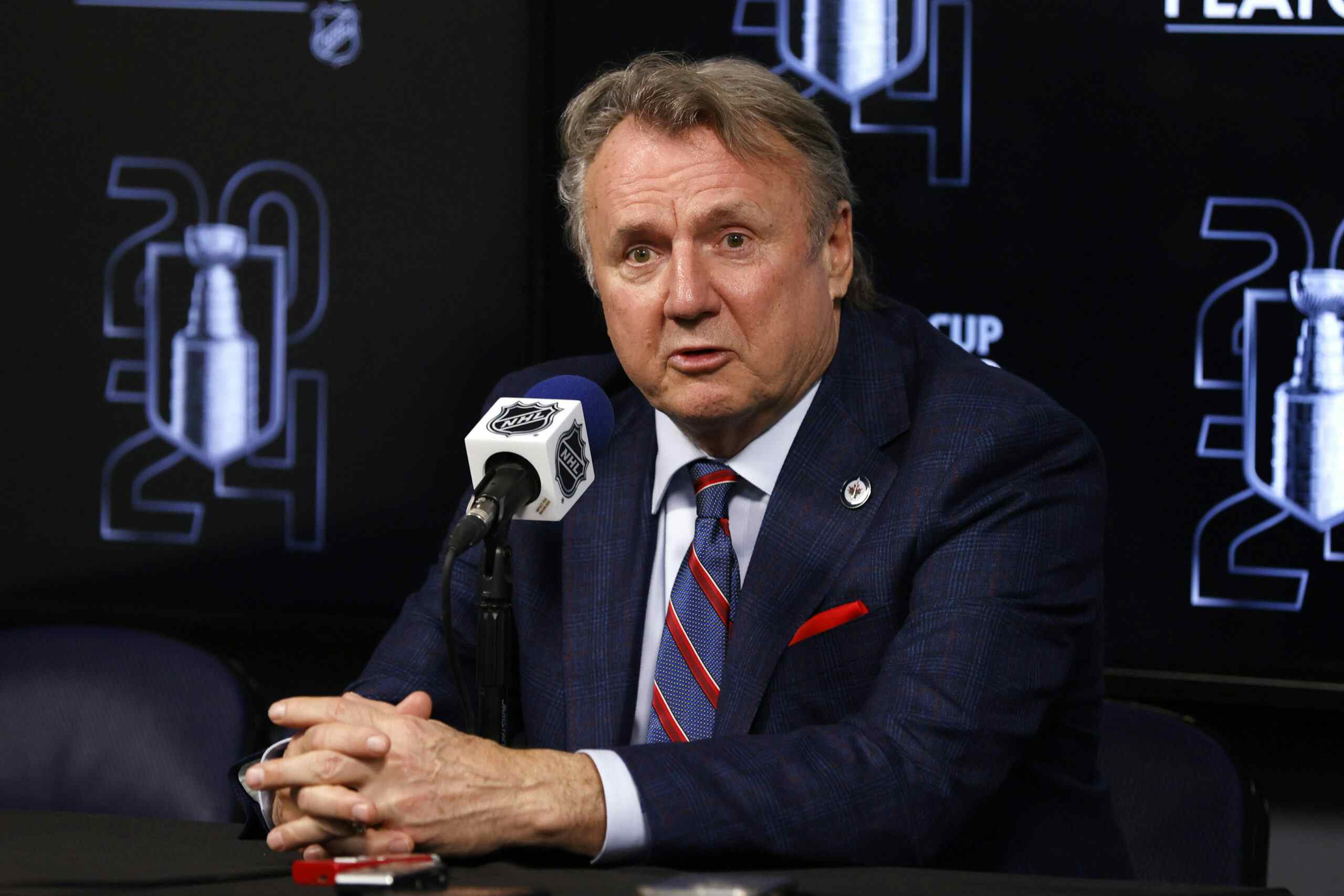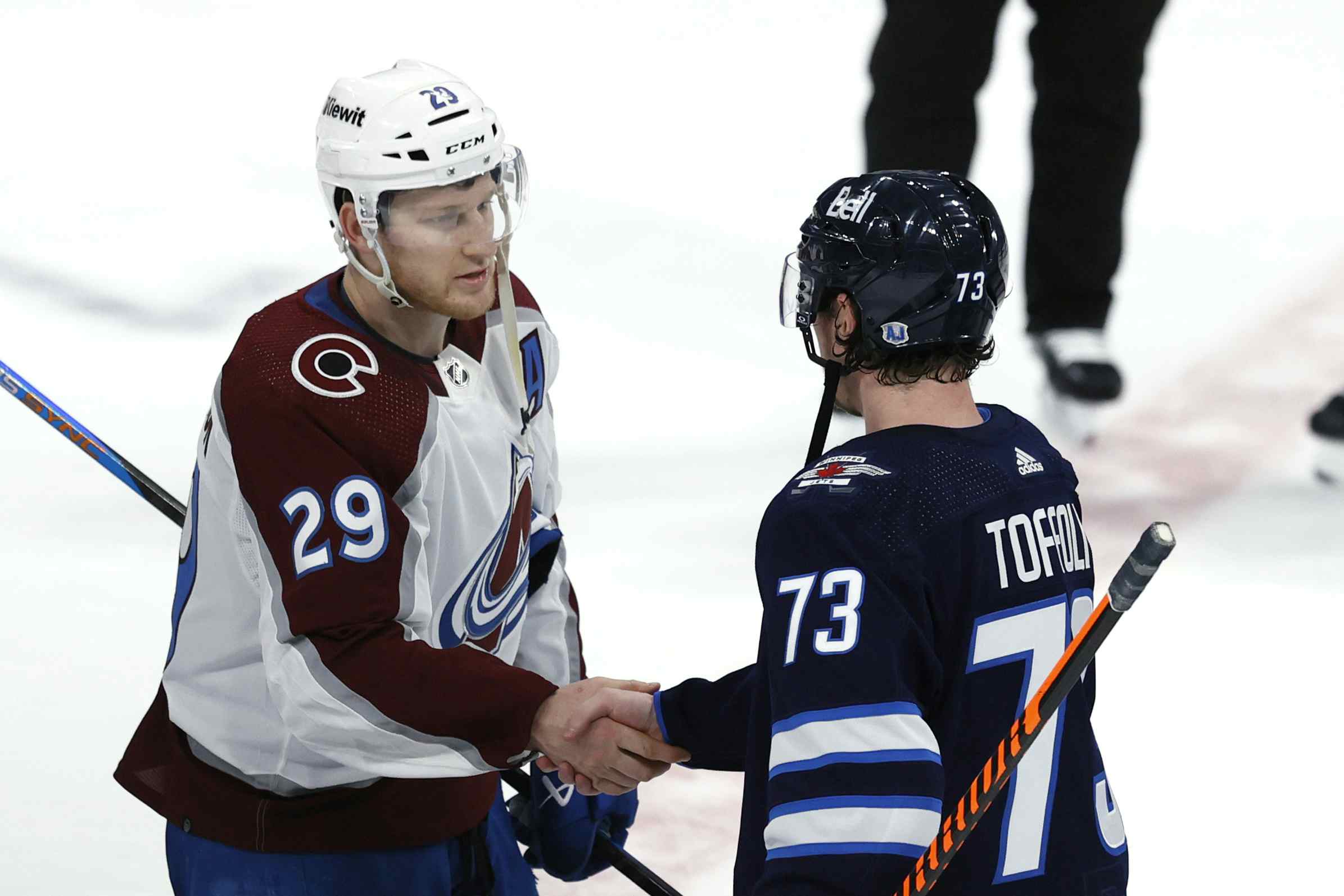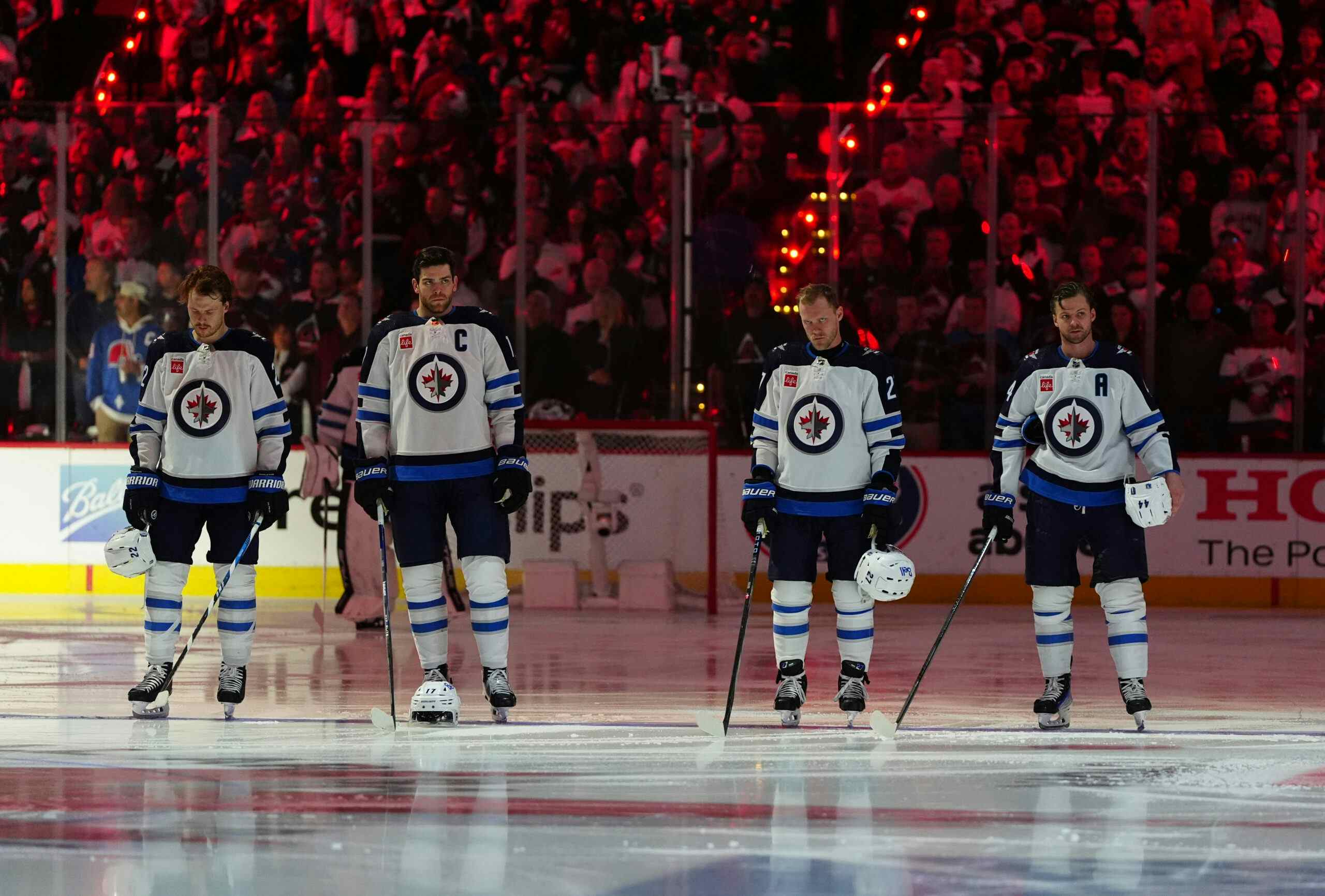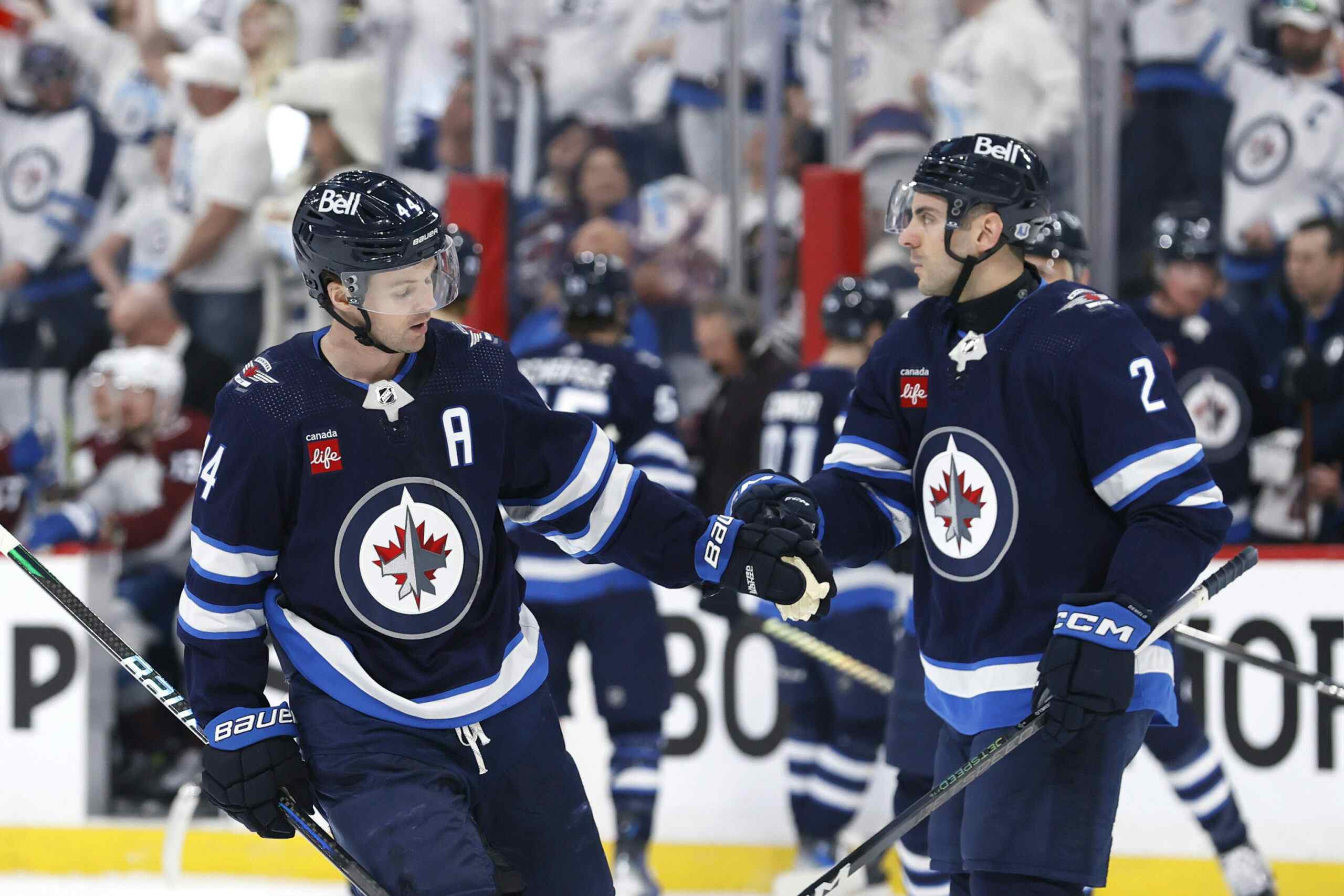Jets Nation Prospect Profiles 2016: Overview
By Garret Hohl
7 years agoOver the past few weeks, we have highlighted what we view as the Jets top-20 (or 22 really) prospects, using an analytical approach that combines statistical performance and modelling with the traditional scouting eye-test.
We now turn our attention to an overview, while summarizing the list and looking at the Jets prospect depth.
The List
I listed the Jets prospects in a particular order given what I estimated to be their average expected impact on the Jets. This was done similarly to an average expected value, or the non-mathematically inclined this was a weighted average of potential outcomes where each outcome is weighted by the probability of it happening.
So, a player with a 20% chance of being a top-six player and 10% chance of bottom-six is valued more than a player where the percentages are reversed.
There was also very minimal value placed upon fourth-line players, third-pairing defenders, depth or pressbox players, and career call-ups, as these players not only provide very little impact on their respective teams, but are also relatively easily attainable through the trade and free agency markets that the lost that the opportunity cost in drafting and developing depth players grows exponentially as you move down the roster. (In other words: teams should swing for the fences more often with draft and development)
I did not strictly use the pGPS model, in my list order, but also included my own personal experience in scouting prospects and watching these players, some leftover pieces I have from the former PCS model (now property of the Florida Panthers), as well as information provided to me experts in the field that I respect.
#20 – Appleton, Foley, and Franklin
We went with a little bit of a cop-out with these three, as there is not a huge amount separating the three.
Mason Appleton: Appleton showed flashes of last season in the NCAA, starting off the season at a near point per game pace as a freshman. Not only did Appleton score, but he generated an impressive amount of shot volume in his first season. He has NHL projectable size and some decent hands, but will need to pick up the scoring to show he has any top-nine upside.
Erik Foley: Foley did not score as well as Appleton as a freshman, but is a year younger and suffered from a concussion early in the season. He played on the top-line mostly last year, so his role will mostly be the same, but with some graduates Foley will have extra responsibility on his shoulders to perform. He has the strength, character, and skills to be a NHL role player, but his shot hints that there could be something more.
CJ Franklin: Franklin’s scoring last season was not as impressive as his freshman, unless you remove his secondary assists and note that his primary point production actually improved. Franklin is a gifted forward who can play an aggressive enough game for a depth-role but has some skill to produce as well.
All three of these players have some possibility for a top-nine peak, but are all more likely to be depth forwards or fourth-line players, if they are even able to make the NHL.
#19 – Jan Kostalek
Kostalek had an excellent final season in junior, putting up points and expanding his potential to be just a defensive defender at the pro-level. However, the right-shot defender struggled immensely in his first year in the AHL. Kostalek can defend and has excellent mobility, but needs to develop better puck skills at the pro-level if he’s wanting to move any higher. The new NHL needs even their most defensive of defensive specialists to be able to move the puck and chip-in with the odd point or two.
If Kostalek can bounce back, he will likely see himself move up the list next year; otherwise this may be his last year in the Jets top 20.
#18 – Brenden Kitchon
Kitchon is fairly old, and really is fading as a prospect. But, the truth still is that he’s a talented player who nearly led his AHL team in points as a defender, and is likely better than what many of the Jets’ defensive prospects will ever be. The issue is that NHL teams rarely will use a defender who is lacking in both size and speed. While Kitchon moves the puck well enough, his skating and size exposes him defensively which limits his potential.
There is still a shot for Kitchon to be a NHL third-pairing defender that can rock the power play. While Kitchon has his deficiencies in size and skating, there is still a possibility that his other assets make up for these if he were given a shot; think a Kyle Wellwood but on defense.
#17 – Scott Kosmachuk
Until last season, Kosmachuk had a similar developmental arc as Adam Lowry. While Lowry has defensive value and is a centre, the gritty winger with a nose for the net had his own value as being an adept goal scorer at multiple levels. The only issue is the transfer to the pro-game has been a bit slower than one would hope if Kosmachuk were to develop into a third-line scoring winger.
Kosmachuk likes to score goals, and looks to post 20 or more goals this season in the AHL, but will need another leap in development if he’s to make the next step.
#16 – JC Lipon
Lipon is another gritty winger like Kosmachuk. Lipon does not have the same history of scoring goals, but has been a better point scorer in the AHL and also provides alternative value as an effective pest, provided Lipon does not cross the line. What has been interesting is seeing Lipon round out his game in pro, as he has developed into a shot-volume generator as well, averaging more than two shots per game.
With Lipon’s skating and playmaking abilities, he could develop into a supportive top-nine forward, but his upside likely is limited to a fourth-line pest role.
#15 – Chas De Leo
Chase De Leo is the third AHL forward in a row, and was the lowest point per game scoring of the three (they were the top three Moose point per game scorers with 20 or more games after Nic Petan). Chase De Leo exhibits the best potential for upside of the three. While being the smallest, De Leo is the best defensive player of the three and also plays a position of premium value in centre. He is also the youngest.
De Leo still sits as more likely a depth player than a top-nine forward, if he can be a NHL forward, but has a lot of time to develop his game and did very well in his first pro-season.
#14 – Sami Niku
Niku is the only top-20 Jet prospect representing the European development leagues, since Spacek moved to the WHL. The defender can skate and has played against men in the most North American like league over in Europe. Niku scored a tonne in the Mestis in his draft eligible season. He then scored reasonably well as a defensive rookie this last year in the Liiga, while posting one of the best rookie Corsi percentages.
Niku is a bit of a long shot, as many Europeans are with the competitive financial alternatives to the American Hockey League. That said, there is a pretty decent shot Niku could be a NHL defender. He has the skills and production, while posting two-way numbers one would hope for.
#13 – Tucker Poolman
Poolman has a lot of the tools: he is big, he can skate, he can defend, he can move the puck, and he can shoot. He even has produced relatively well for quite some while. The issue analytically is Poolman is far older than most NHL prospects would play in the NCAA, but is that fair when evaluating Poolman? The Jets have tried to pull Poolman from college both of the past two summers, but Poolman has stuck around in part as the school is a family venture (his father is part of the hockey team’s staff and his brother will be a freshman next season).
The one thing to be careful is that Poolman played an extra year of the USHL prior to playing in the NCAA so he could go to free agency next summer, but Poolman does have the talent to potentially be a difference maker for the Moose or Jets as soon as 2017-18.
#12 – Jansen Harkins
Harkins sits as high as he does in part due to his draft eligible season, as his last year was a bit disappointing. Harkins is defensively smart, can handle the puck, and a very good play maker, but there are some legitimate concerns to his skating for the pro-level game. While his scoring did fall, his goal production improved. In addition, Harkins did not look out of place during a small performance with the Manitoba Moose.
The upside may be limited unless he can improve his skating, but Harkins could still be a potential third line centre for the Jets.
#11 – Michael Spacek
Spacek, like Harkins, sits here more due to performance over the 2014-15 season than he does for his 2015-16 campaign. That said, Spacek did start off the year as one of the most electric forwards in the WHL until he slowed down significantly about halfway through the season. Although not tested, traditionally this is thought of as the norm with Europeans moving over to North America not being used to the grind of the season. In addition, Spacek lost a lot of ice time due to the Rebels loading up ridiculously on talent for hosting the Memorial Cup tournament (the Rebels had four forwards over a point per game and Spacek was over a point per game before their deadline deals).
Given his first half of last season in the WHL and an exceptional year as a 17-year-old in the Czech men’s league, Spacek sits just outside of the top 10.
#10 – Luke Green
The numbers really like Luke Green, just as much as first-round selection Logan Stanley. Green is an exceptional skater who moves the puck with ease, but struggles defensively. With two years of elite production at even strength and limited power play usage, there is even some suggestion he could be even better than his points per game pace suggests; last season Green was the fifth highest even strength primary point per game producer in the QMJHL. However, one must ask why such an elite offensive threat is not pushing for more power play time, even on a team with a tonne of defensive depth.
Green just sneaks into the top-10 but, with his offensive upside and top-four defender potential, he could leap up after this season.
#9 – Logan Stanley
Some may be surprised that I placed Stanley in the top-10 despite writing two articles why the Jets shouldn’t draft him. The truth is Stanley is still a bonafide prospect, but he was likely overvalued due to his size. Stanley struggles with skating and decision making with the puck, but he did improve both those areas greatly last season.
Trajectory of that improvement is why Stanley sits at nine, but he will need to keep that trajectory up and double his previous season’s point production if he wishes to be valued similarly next summer.
#8 – Brendan Lemieux
Like Scott Kosmachuk, Brendan Lemieux likes to score goals. Like JC Lipon, Brendan Lemieux likes to play on the edge and agitate the opposition. Lemieux though this season proved that he can do more than be a pest wracking up PIMs or score power play goals, improving his stock greatly. The only question remains is how well will he translate to the pro-level in each of his attributes, but he did play well over a short trial on the Moose at the end of the season. Lemieux can skate, and plays a very North-South friendly style that coaches love.
Lemieux is well liked by the Jets, and this combined with his youth and solid season places him just inside the top-10.
#7 – Eric Comrie
Eric Comrie was an elite WHL performer, as in one of the best ever. He struggled in his first season in the AHL, but played on a terrible team while often playing as much as three days in-a-row. This likely had an impact on the young netminder. With Jamie Phillips graduating to pro, we’ll get a better look at Comrie’s potential as he takes a more realistic workload hopefully this coming season.
Comrie is in a pipeline full of potential, but the Jets likely look at a Hellebuyck-Comrie tandem in the not-so-distant future. What limits Comrie’s ranking in the list is the likeliness that he is the backup to Connor Hellebuyck, diminishing his potential value, and the voodoo that is goaltending projections.
#6 – Jack Roslovic
There were some that would view Roslovic’s season as a disappointment, although a lot of this may be due to Roslovic playing in the shadow of Kyle Connor’s historic season. Roslovic was the University of Miami’s top scorer, with a huge valley between him and the next best scorer until a disagreement saw Roslovic pushed into a second-line role and away from centre. Roslovic’s scoring began to fall and is likely a contributing factor to his decision to go to the OHL next year.
Playing in the OHL as a top-line centre next season raises Roslovic’s stock. The skilled and dynamic forward has the ability to score and a year of dominating the OHL could do well for his potential upside.
#5 – Josh Morrissey
Josh Morrissey has the skill to play as a top-pairing defender in the NHL but needs to put it together in the AHL first. Some forgiveness should be given though, as Morrissey was one of only two defenders last season who could consistently conduct a proper breakout. Morrissey’s scoring numbers suffered last season on the Moose, although the team did significantly better in goal differentials with the defender on the ice versus on the bench.
Morrissey’s ability to move the puck by either skating or passing, and offensive upside makes him a potential top-four defender, but he will need to better defend without the puck against bigger and stronger defenders to push him over the hurdle.
#4 – Nic Petan
There are many who begun to forget Petan due to his rocky start in the NHL, while playing out of position on a fourth line with Chris Thorburn Andrew Copp. However, the smart centre dominated the AHL, as much as you could expect given the team, and came back to the NHL at the end of the season a very different player.
Petan is extremely smart, shifty, and can handle the puck with ease. His elite playmaking abilities makes Petan a potential Mathieu Perreault-type, a player mostly deployed in the middle-six who has a top-six impact on the team.
#3 – Connor Hellebuyck
Goaltender projections may in part be voodoo, but Connor Hellebuyck may be the safest bet one could make in net. Hellebuyck is the best statistical performer in the NCAA, ever. He has posted an impressive 0.922 career save percentage playing heavy workloads for weak teams in a 0.912 average save percentage league.
The only thing stopping Hellebuyck from making his mark in the NHL is contracts, and that may not even hold up this coming season.
#2 – Kyle Connor
Poor central division. Soon the Jets will have Blake Wheeler, Patrik Laine, Nikolaj Ehlers, and Kyle Connor, and that’s just their wingers. The team could end up being expensive three to five years down the road, but for now the Jets will get to enjoy having five speedy wingers that like to put the puck in the net. Connor could very well develop into the fastest of the four in top gear, which will be scary for opponents as he fills out his 6’2 frame.
Connor may develop “only” into the lesser of the four wingers mentioned but he just came off a season only Paul Kariya can compare to in the NCAA and has a tonne of upside.
#1 – Patrik Laine
If Connor at 6’2 is scary for opponents, just imagine a 6’4 Patrik Laine being the Jets other left winger.
Laine is an elite goal scorer with size, that has lead to comparisons with Alex Ovechkin and Ilya Kovalchuk. His size has allowed Laine to protect the puck and shake off defenders. He has an elite wrist shot that is a danger both streaking down the wing or for one-timers on the power play. While his explosiveness needs work, Laine has a fine top-gear and will be able to stick with the speedy Wheeler, Connor, and Ehlers.
The Jets not only have a top prospect in Patrik Laine, but they could have one of the best natural goal scorers in many years.
The Numbers
Statistical performance has had a huge weighting in the list above, and with good reason. They haven’t been the only variable in the pie either, though.
The pGPS model was one of the things I looked at to judge player statistical performance. From the model I looked at which players had the highest percentage of statistical cohorts that played in “impact” roles in the NHL. This would mean a top-nine role at forward or a top-four role for defense. This is a bit arbitrary, as third-pairing defenders actually have a larger impact than third-line forwards, although they are also easier to obtain from non-draft and development measures.
This percentage of cohorts that end up “impact” players I have dubbed as super pGPS, or spGPS:

Some notes:
- The order for the most part follows pGPS, which just uses the player’s size, age, and point per game pace in their league last season. There are some exceptions, which is expected given scoring isn’t everything a player contributes, and also can bounce depending on the season.
- Both Spacek and Harkins are elevated in their ranking relative to their pGPS due to their very strong statistical seasons last year. Spacek also performed exceptionally well for the first half, and Harkins looked strong in his short AHL debut.
- Poolman is playing at an age where posting a strong pGPS is likely nearly impossible, as very few NHL prospects play at the NCAA at his age. He has the tools, and really his first year in pro will likely determine his ceiling more than his NCAA performance.
- Kichton is low relative to his pGPS. Like Poolman, he is an older defensive prospect, but unlike Poolman Kichton is playing in pro and has ample opportunity to earn a shot to show what he can do at the NHL level. The combination of poor skating and lack of size is holding Kichton back, even if it could be unfairly so.
- The Jets defensive depth is fairly spread out. Morrissey sits alone at the top as a LHD, but the Jets have a young defender in Jacob Trouba for RHD. The next tier has a big bruising LHD in Stanley and a small elite scorer in Green. Then there is a third tier with Niku and Poolman who are both long shots but have intriguing tools and upside.
- Left wing dominates the top of the Jets forward list, which is fine for the Jets since they likely have both Wheeler and Ehlers long term, who both prefer the right side. The biggest issue at forward is the lack of centre depth, especially if Spacek and Roslovic translate more as wingers, which is a position teams should strive to have an abundance of.
Recent articles from Garret Hohl

